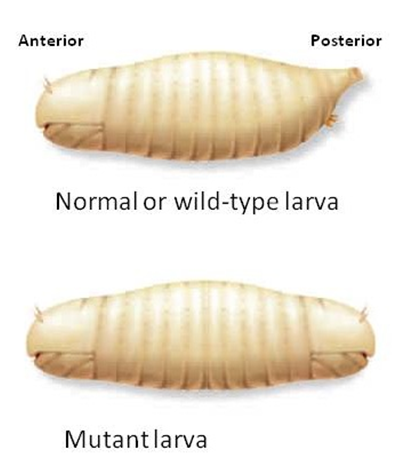The crayfish has a cavity or "statocysts" lined with sensory setae or hairs. A grain in the cavity is pulled downward by gravity; the pressure against the bottom hairs of the cavity gives the crayfish a perception of being upright and, when it changes orientation, the grain touches side hairs that make it realize it is not upright. Thus the crayfish "knows" which way is up in the dark. This sense is most closely related in function to the human sense of
A. hearing.
B. sight.
C. smell.
D. hot and cold.
E. balance.
Answer: E
You might also like to view...
What nucleoside trisphosphate, other than ATP, provides some of the energy for protein synthesis?
A. CTP B. GTP C. TTP D. UTP
Refer to the figure above. Is this population in Hardy-Weinberg equilibrium?
A) Yes. B) No; there are more heterozygotes than expected. C) No; there are more homozygotes than expected. D) More information is needed to answer this question.
You are working in a Drosophila lab, and find a larva with two anterior ends. Both a normal larva and the mutant larva are shown below. What is the most likely explanation for the mutant larva phenotype?

A. There is a mutation in the bicoid gene causing no functional Bicoid protein to be made.
B. The nurse cells that produce the Bicoid protein are defective, so there is no protein at either end of the embryo.
C. There is a mutation in a homeotic gene.
D. There is a high concentration of the Bicoid protein at both ends of the mutant embryo.
E. A protein encoded by a segment polarity gene is not degraded correctly and accumulates in both ends of the embryo.
Which statement regarding cell reproduction is true?
A. There is no DNA replication during cell reproduction. B. Cell division occurs prior to DNA replication. C. DNA replicates before cell division occurs. D. DNA replication and cell division occur at the same time. E. There is no cell division during cell reproduction.